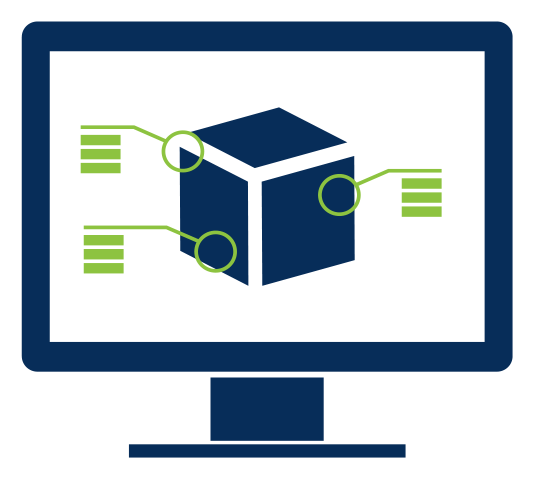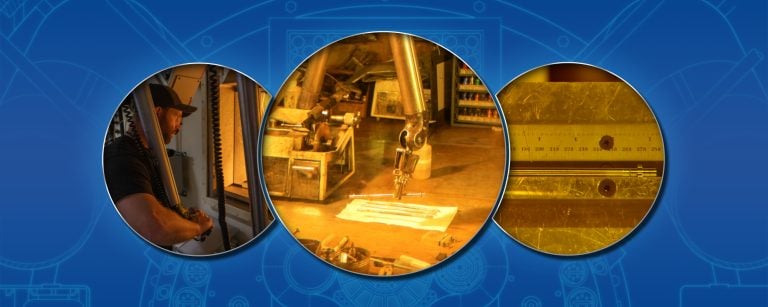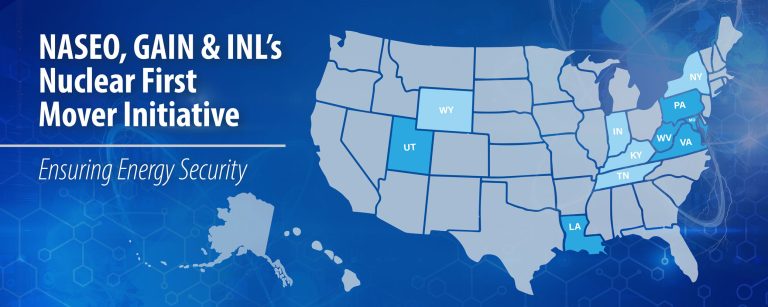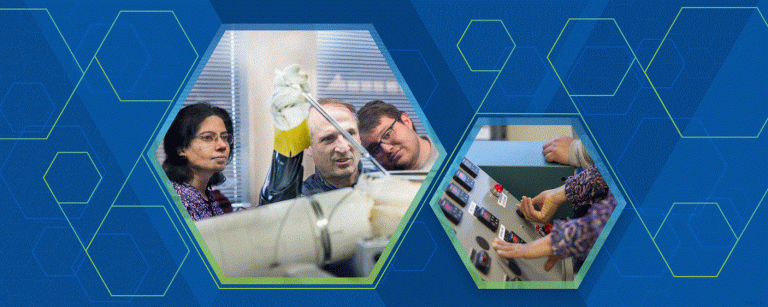About NCRC
The Nuclear Computational Resource Center (NCRC) was established at INL to provide easy access to computational tools, high performance computing (HPC) resources and training.
Modeling and simulation are essential to nuclear energy innovation, as well as the continued safe, secure and efficient operation of existing nuclear systems.
How you can use the NCRC resources
- Modeling the behavior of materials in harsh environments (irradiation and high temperatures)
- Analyzing the performance of existing light water reactors and advanced nuclear reactors
- Multiscale, multiphysics analysis of nuclear fuel performance
Examples of nuclear energy-related applications include:

Modeling the behavior of materials in harsh environments (irradiation and high temperatures)

Analyzing the performance of existing light water reactors and advanced nuclear reactors

Multiscale, multiphysics analysis of nuclear fuel performance
MODELING AND SIMULATION CODES
MOOSE
MOOSE, the Multiphysics Object Oriented Simulation Environment, is a finite-element multiphysics framework largely developed by Idaho National Laboratory. It offers a high level interface to sophisticated nonlinear solver technology, such as BISON for nuclear fuel, Rattlesnake for radiation transport, MAMMOTH for general reactor physics, and more. MOOSE has a straightforward API well suited to how scientists and engineers tackle real-world problems. It is a fully coupled and fully implicit multiphysics solver that is automatically parallel, making it possible to run large simulations and tackle complicated models.
BISON
MARMOT
HIGH-PERFORMANCE COMPUTING
SAWTOOTH
LEMHI
HOODOO
NCRC NEWS
The Idaho National Laboratory (INL) is the hub of collaboration among Western states to advance nuclear energy. This effort, anchored...Read More
Father and son entrepreneurs Mehul and Milan Shah have patented a new nuclear fuel design that could reduce nuclear waste, enhance...Read More
(IDAHO FALLS, Idaho) — The State of Idaho and the U.S. Department of Energy have agreed to a targeted waiver...Read More
GAIN and NASEO help states fast-track nuclear energy development Eleven governors and their state energy offices are putting out ready-for-business...Read More
To meet energy demands and reestablish the nation’s energy dominance, U.S. companies are developing several types of advanced reactors. One...Read More
Contact Information
Nuclear Computational Resource Center








